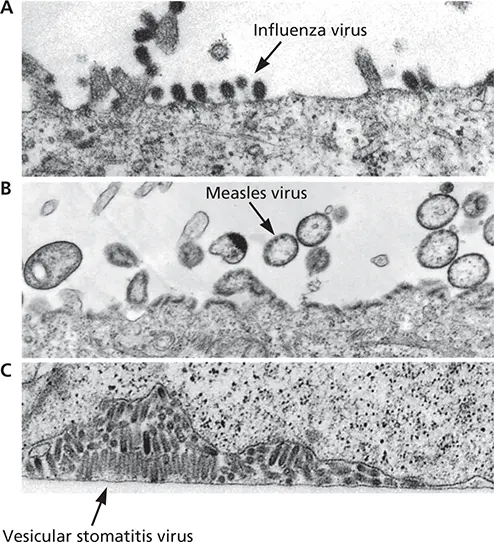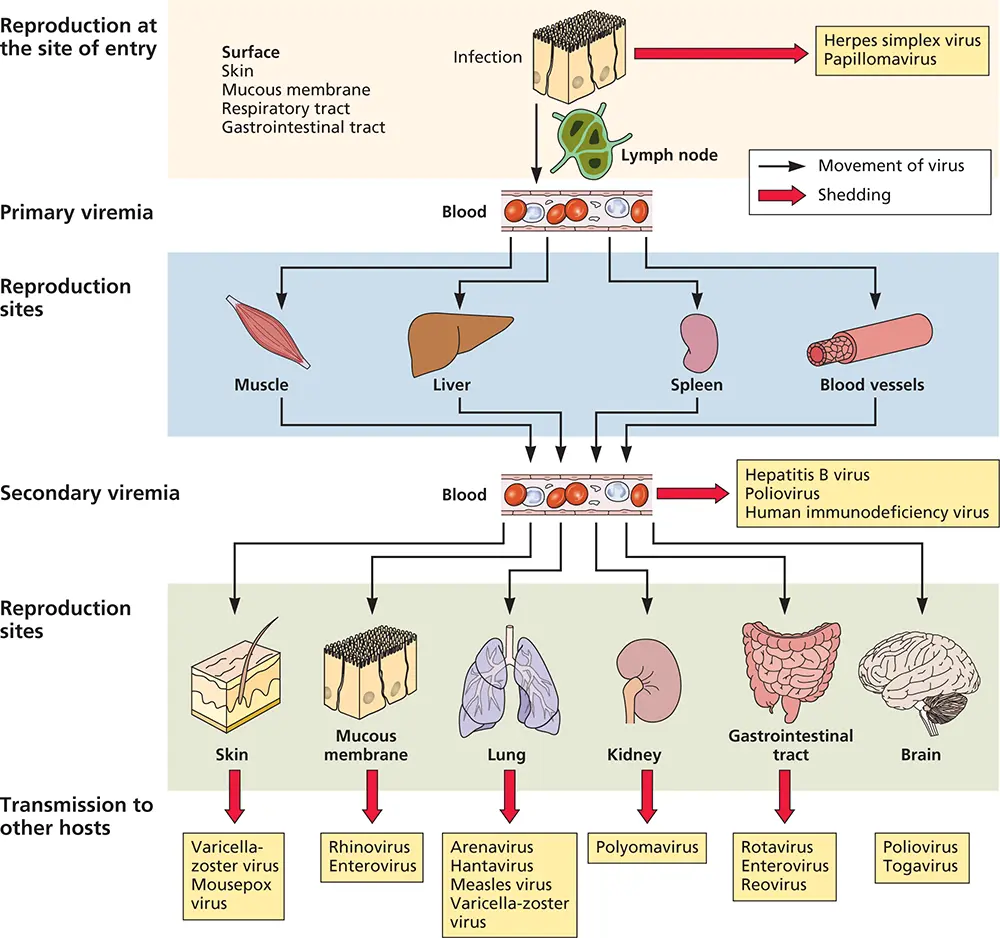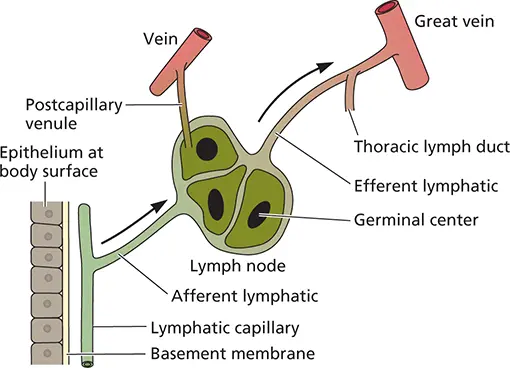S. Jane Flint - Principles of Virology, Volume 2
Здесь есть возможность читать онлайн «S. Jane Flint - Principles of Virology, Volume 2» — ознакомительный отрывок электронной книги совершенно бесплатно, а после прочтения отрывка купить полную версию. В некоторых случаях можно слушать аудио, скачать через торрент в формате fb2 и присутствует краткое содержание. Жанр: unrecognised, на английском языке. Описание произведения, (предисловие) а так же отзывы посетителей доступны на портале библиотеки ЛибКат.
- Название:Principles of Virology, Volume 2
- Автор:
- Жанр:
- Год:неизвестен
- ISBN:нет данных
- Рейтинг книги:3 / 5. Голосов: 1
-
Избранное:Добавить в избранное
- Отзывы:
-
Ваша оценка:
- 60
- 1
- 2
- 3
- 4
- 5
Principles of Virology, Volume 2: краткое содержание, описание и аннотация
Предлагаем к чтению аннотацию, описание, краткое содержание или предисловие (зависит от того, что написал сам автор книги «Principles of Virology, Volume 2»). Если вы не нашли необходимую информацию о книге — напишите в комментариях, мы постараемся отыскать её.
Volume I: Molecular Biology
Volume II: Pathogenesis and Control
Principles of Virology, Fifth Edition
Principles of Virology, Volume 2 — читать онлайн ознакомительный отрывок
Ниже представлен текст книги, разбитый по страницам. Система сохранения места последней прочитанной страницы, позволяет с удобством читать онлайн бесплатно книгу «Principles of Virology, Volume 2», без необходимости каждый раз заново искать на чём Вы остановились. Поставьте закладку, и сможете в любой момент перейти на страницу, на которой закончили чтение.
Интервал:
Закладка:
BOX 2.8
DISCUSSION
Gender differences in infection and disease
Male and female humans differ in both their susceptibility to infection and in the severity of illness that some infections can cause. In general, males become infected more often than females, likely because females often mount stronger immune responses than males. However, while these responses can result in faster resolution of the infection, they can also contribute to immunopathology, which is seen more in women than men. Adverse reactions to both vaccines and antiviral drugs are also greater in women than in men, perhaps as a result of gender-based differences in hormone type, as well as differences in the metabolism of drugs and vaccines.
Klein SL. 2012. Sex influences immune responses to viruses, and efficacy of prophylaxis and treatments for viral diseases. BioEssays 34:1050–1059.

One important mechanism for avoiding local host defenses and facilitating spread within the body is the directional release of virus particles from polarized cells at a mucosal surface (Volume I, Chapter 12). Virus particles can be released from the apical surface, from the basolateral surface, or from both ( Fig. 2.12). After reproduction, particles released from the apical surface are back where they started, that is, “outside” the host. Such directional release facilitates the dispersal of many newly synthesized enteric viruses in the feces (e.g., poliovirus) or the respiratory tract (e.g., rhinoviruses). In general, virus particles released at apical membranes establish a localized or limited infection and do not penetrate deeply beyond the primary site of infection. In such cases, local lateral spread from cell to cell may occur in the infected epithelium, but the underlying lymphatic and circulatory vessels are rarely infected. In contrast, virus particles released from basolateral surfaces of polarized epithelial cells can access underlying tissues, facilitating systemic spread. The consequences of directional release are striking. Sendai virus, which is normally released from the apical surfaces of polarized epithelial cells, causes only a localized infection of the respiratory tract. In stark contrast, a mutant strain of this virus, which is released from both apical and basal surfaces, is disseminated, and the infected animals suffer higher morbidity and mortality.
When spread occurs by neural pathways, innervation at the primary site of inoculation determines which neuronal circuits will be infected. The only areas in the brain or spinal cord that are targets for herpes simplex virus infection are those that contain neurons with axon terminals or dendrites connected to common sites of inoculation in the body. Reactivated herpes simplex virus uses the same neural circuits to return to those sites, where it causes lesions (for example, cold sores in the mouth).

Figure 2.12 Polarized release of viruses from cultured epithelial cells visualized by electron microscopy. (A)Influenza virus released by budding from the apical surface of canine kidney cells. (B)Budding of measles virus on the apical surface of human colon carcinoma cells. (C)Release of vesicular stomatitis virus at the basal surface of canine kidney cells. Arrows indicate virus particles. Magnification, ×324,000. Reprinted from Blau DM, Compans RW. 1996. Semin Virol 7:245–253, with permission. Courtesy of D. M. Blau and R. W. Compans, Emory University School of Medicine, Atlanta, GA.
The blood and neurons are the primary conduits for viruses to gain access to tissues distal to the site of the inoculation, and are discussed in greater detail below.
Hematogenous Spread
Disseminated infections typically occur by transport through the bloodstream ( hematogenous spread). Entry may occur through broken blood vessels (human immunodeficiency virus type 1), through direct inoculation (for example, from the proboscis of an infected arthropod vector, a dirty needle, or the bite of a dog, as in West Nile virus, hepatitis C virus, and rabies virus, respectively), or by basolateral release of virus particles from infected capillary endothelial cells. Because every mammalian tissue is nourished by a web of blood vessels, virus particles in the blood have access to all host organs ( Fig. 2.13).
Hematogenous spread begins when newly synthesized particles produced at the entry site are released into extracellular fluids and are taken up by the local lymphatic vascular system ( Fig. 2.14). Lymphatic capillaries are considerably more permeable than those of the circulatory system, facilitating virus entry. Moreover, as lymphatic vessels ultimately drain into the circulatory system, virus particles in lymph have eventual, free access to the bloodstream. Because the lymphatic system and circulatory system “meet” in lymph nodes, and because nodes are home to lymphocytes and monocytes, some viruses, such as human immunodeficiency virus type 1, replicate extensively in these cells.

Figure 2.13 Entry, dissemination, and shedding of blood-borne viruses. Shown are the target organs for some viruses that enter at epithelial surfaces and spread via the blood. The sites of virus shedding (red arrows), which may lead to transmission to other hosts, are also shown.

Figure 2.14 The lymphatic system. Lymphocytes flow from the blood into the lymph node through postcapillary venules. Green indicates lymphatics; red indicates the bloodstream. Adapted from Mims CA et al. 1995. Mims' Pathogenesis of Infectious Disease (Academic Press, Orlando, FL), with permission.
The migratory nature of many immune cells allows viruses that infect these cells to move quickly and clandestinely throughout the host. Because viral components are inside a cell during transport, they are effectively shielded from antibody recognition. Traversing the blood-brain barrier poses a particular challenge for a free virion, as the capillaries that make up this unique barrier limit the access of serum molecules to the brain. However, activated macrophages can pass through, freely de livering viruses such as measles, some enteroviruses, and chikungunya virus into the brain tissue. This process is often referred to as the Trojan Horse approach, because of its similarity to the legend of how the Greeks invaded and captured the protected fortress of Troy. In this legend, the Greeks built a large wooden horse that was disguised as a victory trophy, but instead, many Greek soldiers hid within the hollow horse. Once the “gif horse” was safely inside the city walls, the soldiers emerged and quickly achieved victory.
The term viremiadescribes the presence of infectious virus particles in the blood. Active viremia is a consequence of reproduction in the host, whereas passive viremia results when particles are introduced into the blood without viral reproduction at the site of entry (as when an infected mosquito inoculates a susceptible host with West Nile virus). The release of progeny virus particles into the blood after initial reproduction at the site of entry constitutes the primary viremiaphase. The concentration of particles during this early stage of infection is usually low. However, subsequent dissemination of the virus to other sites results in the release of considerably more virus particles. The delayed accumulation of a high concentration of infectious virus in the blood is termed secondary viremia( Fig. 2.15). The two phases of viremia were first described in classic studies of mousepox ( Fig. 2.1).
Читать дальшеИнтервал:
Закладка:
Похожие книги на «Principles of Virology, Volume 2»
Представляем Вашему вниманию похожие книги на «Principles of Virology, Volume 2» списком для выбора. Мы отобрали схожую по названию и смыслу литературу в надежде предоставить читателям больше вариантов отыскать новые, интересные, ещё непрочитанные произведения.
Обсуждение, отзывы о книге «Principles of Virology, Volume 2» и просто собственные мнения читателей. Оставьте ваши комментарии, напишите, что Вы думаете о произведении, его смысле или главных героях. Укажите что конкретно понравилось, а что нет, и почему Вы так считаете.



